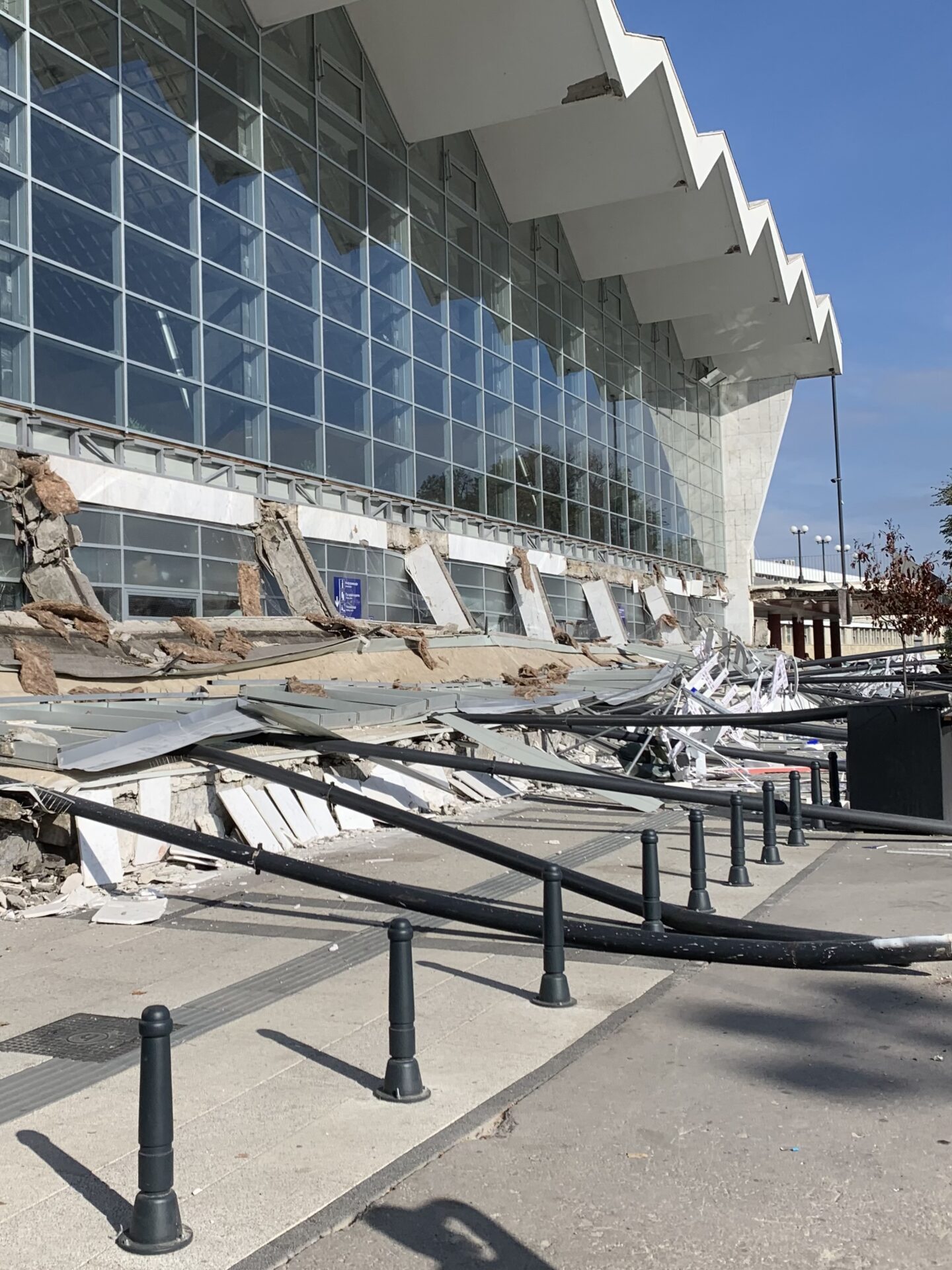In this article we talk about how the real‑world Novi Sad disaster reveals that when QA gaps exist, they don’t just compromise structures—they cost lives.
On 1 November 2024, tragedy struck Novi Sad, Serbia, when a concrete canopy at the city’s railway station collapsed without warning. Fourteen people lost their lives, including a young girl, while others were seriously injured. The structure, originally built in 1964, had not been included in recent renovations to the station itself. This highlights a critical and often overlooked issue: the risk of ageing infrastructure when quality assurance (QA) processes fail to address legacy components.
While this event occurred overseas, the lessons it offers resonate globally. No matter how modern or well-designed a building may be, structures are only as strong as their most neglected part.
According to Serbian authorities and the Railway Infrastructure body, the station was fully renovated in 2021 and again earlier in 2024 in anticipation of an official opening. However, the canopy, originally constructed six decades ago, was not included in the renovation plans. It remained untouched and untested, quietly bearing the stress of time, weather, and repeated use.
Not all risks are visible. Over time, reinforced concrete structures can experience internal corrosion, cracking, or material fatigue, especially if subjected to freeze-thaw cycles, moisture ingress, or vibration. While exterior appearances may seem sound, internal stress can silently accumulate.
What makes this case especially devastating is that it might have been preventable. With regular inspection and Non-Destructive Testing (NDT), critical weaknesses in legacy structures can often be detected before they lead to disaster.

QA gaps occur when inspection, maintenance, or documentation falls short of what is required for long-term safety. They are not always the result of negligence. Sometimes they stem from budget constraints, legacy oversight, or misplaced assumptions about structural durability.
Key QA vulnerabilities include:
These seemingly small oversights can, over time, lead to critical vulnerabilities.
Non-Destructive Testing (NDT) offers the tools to detect problems beneath the surface. It is safe, efficient, and does not damage the structure. NDT is especially useful in evaluating legacy infrastructure.
Common NDT methods include:
If such technologies had been routinely applied to the Novi Sad canopy, early signs of distress such as concrete spalling or reinforcement corrosion might have been caught in time.
This tragedy underscores the importance of quality assurance as a proactive and ongoing commitment. Renovating a structure’s visible components is not enough. Any original or supporting elements must also be assessed for safety, regardless of age or appearance.
At CSI, we advocate for a holistic approach to infrastructure health. We work with asset owners, councils, and engineers across New Zealand and internationally to provide thorough, non-invasive testing solutions that go beyond appearances and focus on long-term safety and resilience.
We honour the lives lost in Novi Sad by learning from this devastating event. This is not about placing blame. It is about understanding the hidden risks within our built environment and doing everything possible to prevent future loss.
Quality assurance is not just good practice. It is a public duty.
We would be keen to hear what NDT solutions you would like for your structural resilience investigations.
If you would like to find out more about the Non-Destructive Testing Services (NDT) that we offer click here!
Click here for a list of our services.
Call Us On 0800 33 77 67 Or Request a Quote Here.